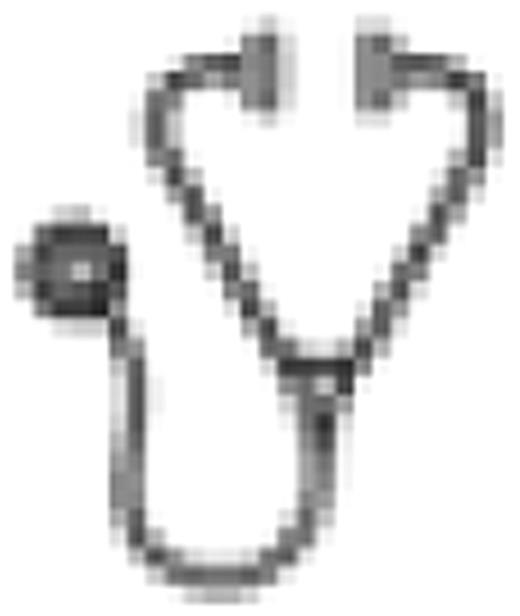Abstract
Abstract 4517
Hemophagocytic lymphohistiocytosis/macrophage activation syndrome (HLH/MAS), whether primary or secondary, is a serious and potentially life- threatening histiocytic disorder and generally fatal without immune modulating chemotherapy. This study aimed to define the clinical spectrum and treatment outcome in Korean children.
Patients who were diagnosed with HLH/MAS at Asan Medical Center between October 1997 and April 2009 were identified and charts were reviewed.
Twenty-six patients (16 male, 10 female) were evaluated during 13 - year period. Median age at diagnosis was 29.5 months (range: 0 - 180 months). Twelve patients had HLH secondary to underlying disorders, including viral infection, autoimmune disease. Epstein-Barr virus (EBV) - associated HLH was present in 9 patients, 1 of whom died, while 4 of 17 non-EBV associated patients died. Initial treatment with intravenous immunoglobulin (IVIG) was given to 9 patients and they had no response to IVIG. Eventually, all the patients except two underwent full protocol therapy (HLH 1994/2004) and the 2 patients died of rapid disease progression with delayed diagnosis. Seven patients revealed disease reactivation, median 3 months from HLH protocol therapy, and further treatment using the same regimen induced second remission of short duration. Seven patients (26.9%) had evidence of central nervous system disease at the time of diagnosis and neurological symptoms consisted of seizure, irritability, vomiting. Five of them are long-term survivors including one who received allogeneic stem cell transplantation (SCT) and all 5 patients show normal neurological function after treatment. The familial form of HLH was identified in 3 patients and all received allogeneic SCT from unrelated donor in second remission. They are still alive without relapse. At a median follow-up of 17.5 months, the estimated one-year overall survival rate was 82.8 ± 7.9 %.
Treatment outcomes using HLH 1994/2004 protocols in Korean children have become comparable to those reported in an international collaborative study. And allogeneic SCT represents a curative treatment for familial form of HLH. Further studies are required to more precisely define clinical spectrum and treatment outcome.
No relevant conflicts of interest to declare.
Author notes
Asterisk with author names denotes non-ASH members.

This feature is available to Subscribers Only
Sign In or Create an Account Close Modal